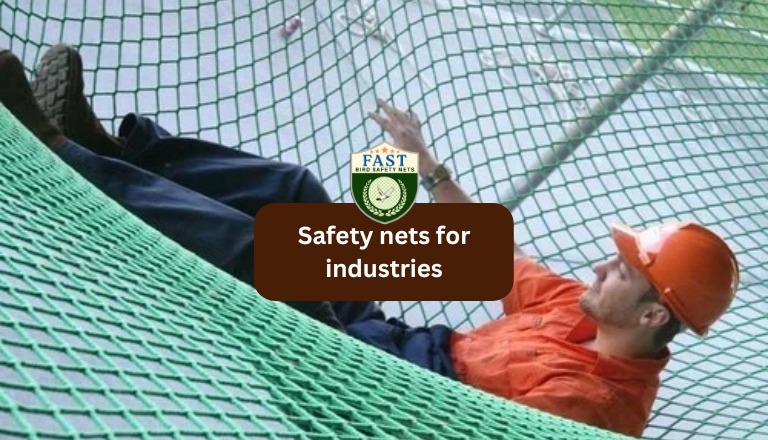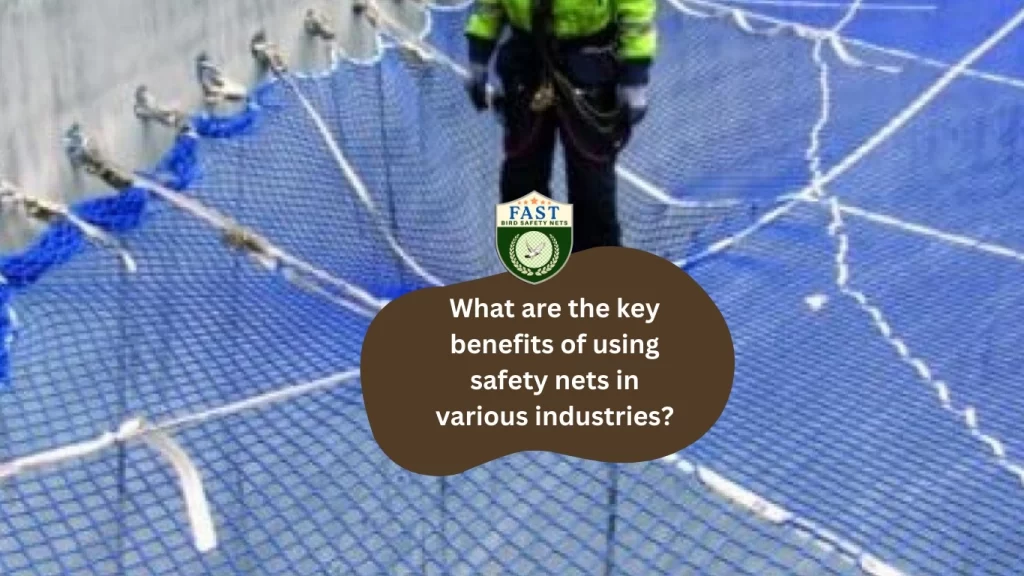The key benefits of using safety nets in various Industries:
Safety nets play a crucial role in ensuring the well-being of workers and protecting assets in various industries. From construction sites to industrial facilities, safety nets offer numerous benefits that contribute to a safer and more productive work environment.
Fall Protection:
Industrial Safety nets serve as a reliable form of fall protection, especially in industries where employees work at heights. By installing safety nets beneath elevated work areas, workers are protected from serious injuries in the event of a fall. These nets absorb the impact and prevent workers from hitting the ground, reducing the risk of fatalities and minimizing the severity of injuries.
Enhanced Worker Safety:
Ensuring the safety of workers is paramount in any industry. Safety nets provide an additional layer of protection, giving workers peace of mind as they perform their tasks. With safety nets in place, workers can focus on their jobs without worrying about potential hazards or accidents, leading to increased morale and productivity.
Asset Protection:
Safety nets not only safeguard human lives but also protect valuable assets and equipment. In industries where machinery or materials are present at height, safety nets prevent objects from falling and causing damage or injuries below. This helps companies avoid costly repairs, downtime, and liability claims associated with falling debris or equipment.

Debris Containment:
During construction or maintenance activities, debris and waste materials are often generated. Safety nets can be used to contain and control debris, preventing it from falling onto lower levels or surrounding areas. This promotes a cleaner and safer work environment, reduces the risk of accidents, and minimizes the need for cleanup efforts.
Bird Control:
In addition to protecting workers and assets, safety nets also serve as effective bird control measures in various industries. Birds can pose a significant threat to industrial facilities, causing damage to structures, equipment, and products. Safety nets act as physical barriers, preventing birds from roosting, nesting, or accessing sensitive areas, thus mitigating the risk of bird-related damage and contamination.
Conclusion:
The key benefits of using safety nets in various Industries include fall protection, enhanced worker safety, asset protection, debris containment, and bird control. By investing in quality safety nets and implementing proper installation and maintenance practices, companies can create safer work environments, protect their assets, and improve overall productivity and efficiency.






